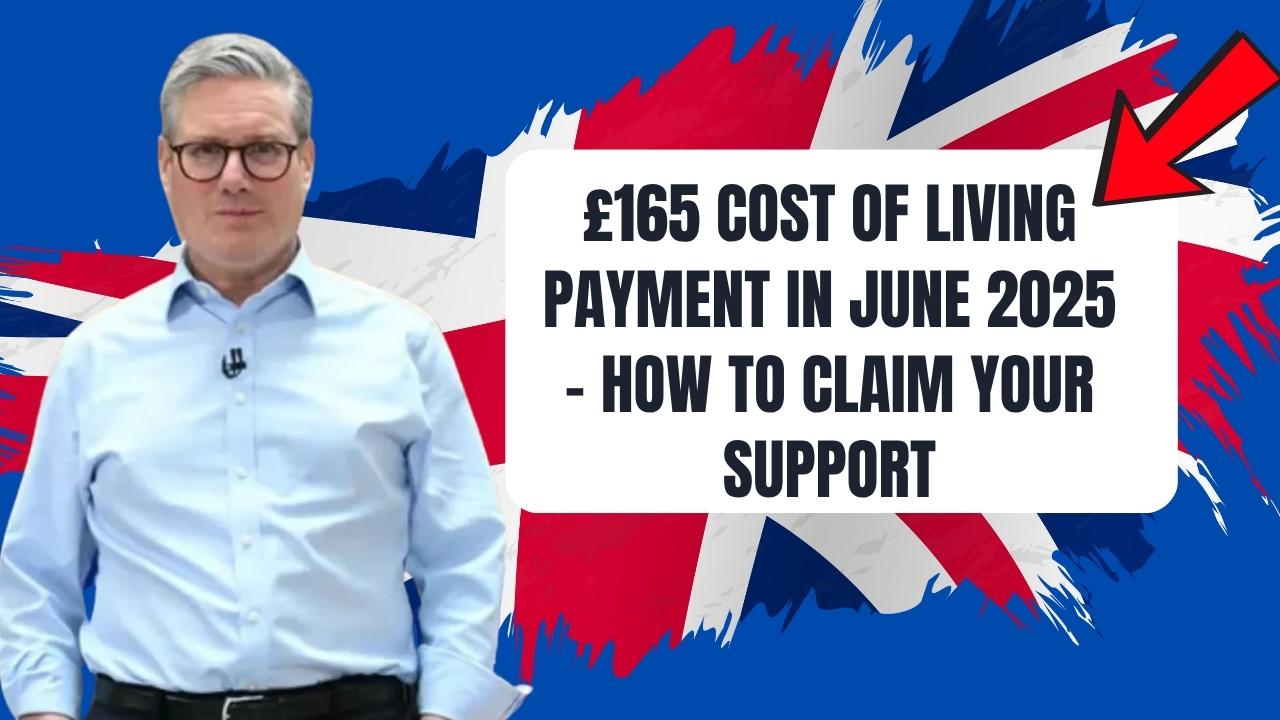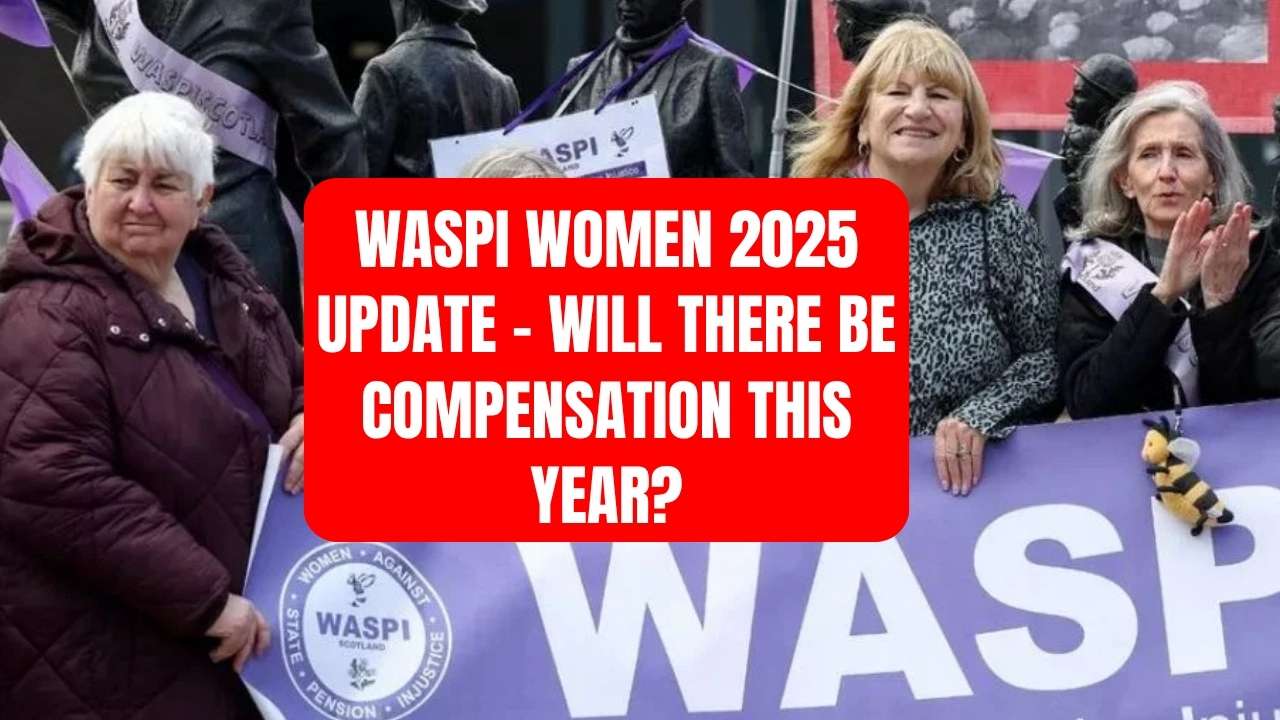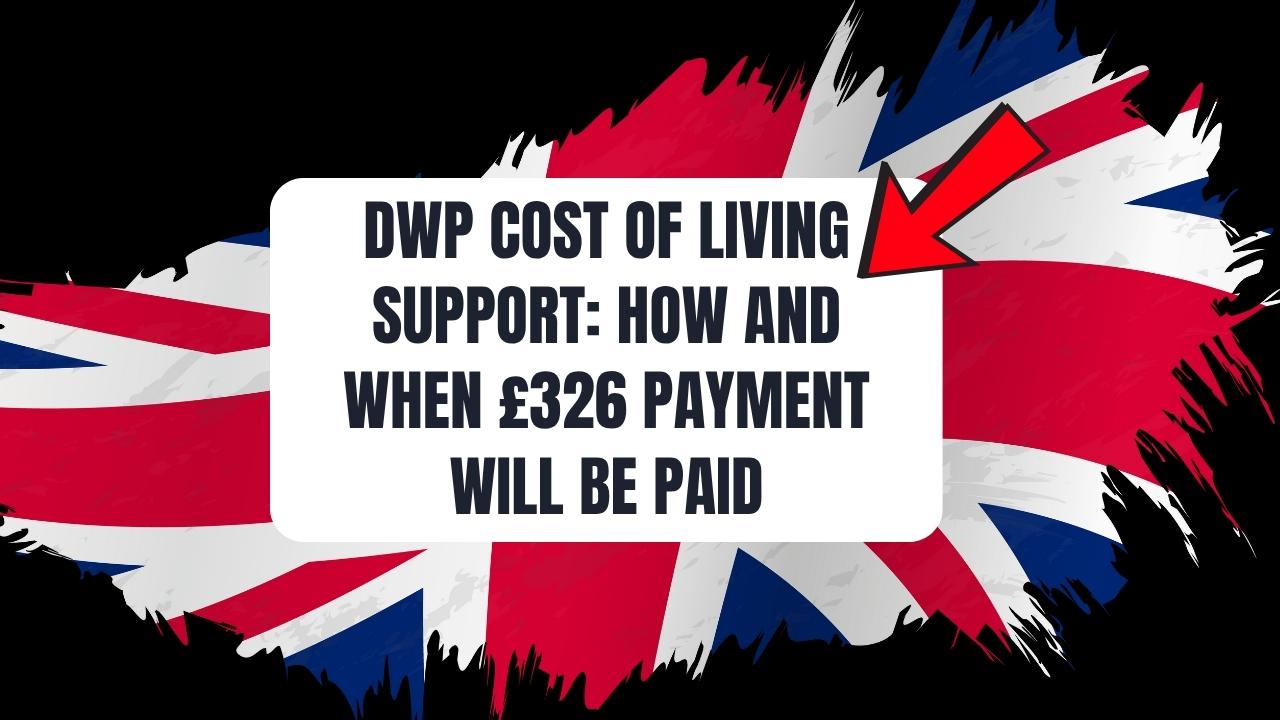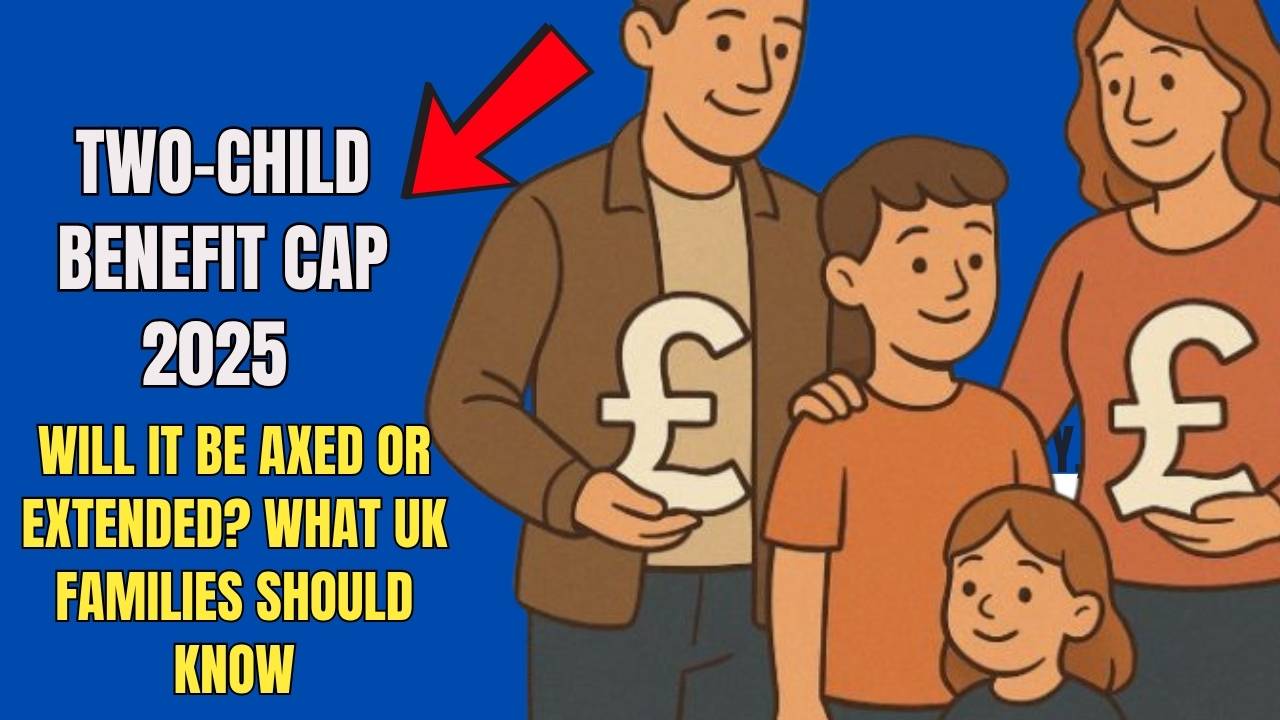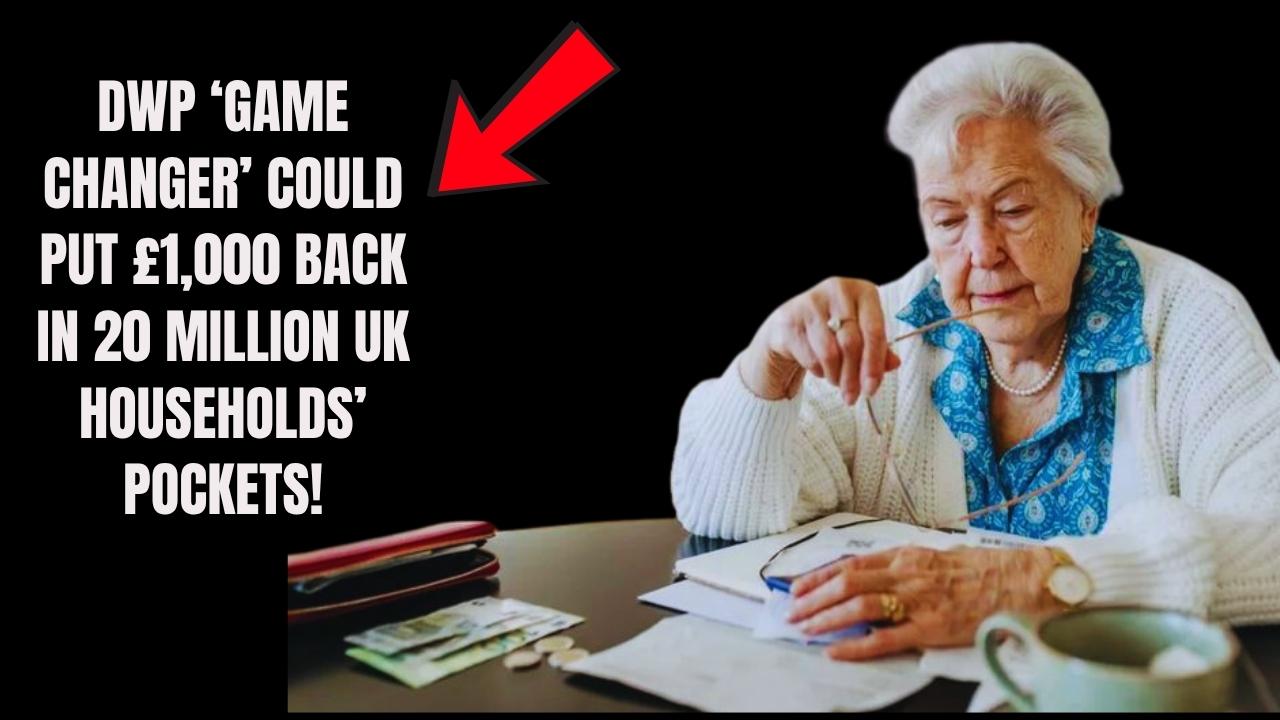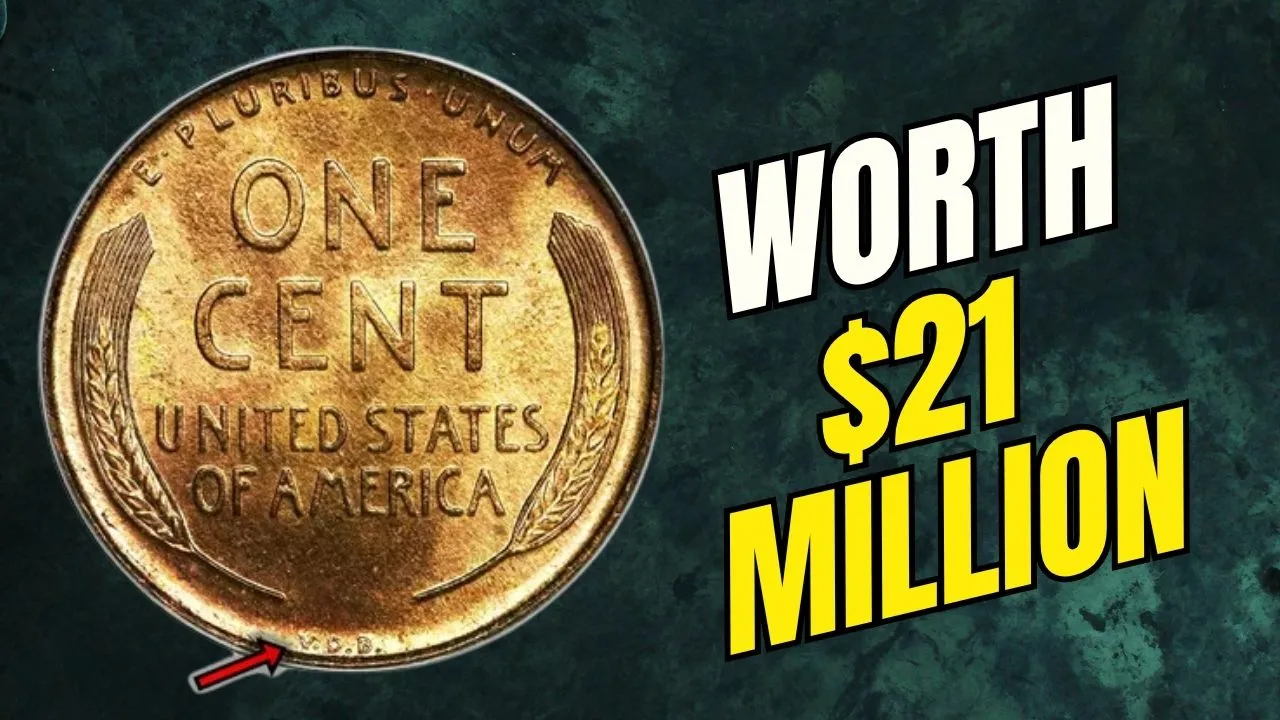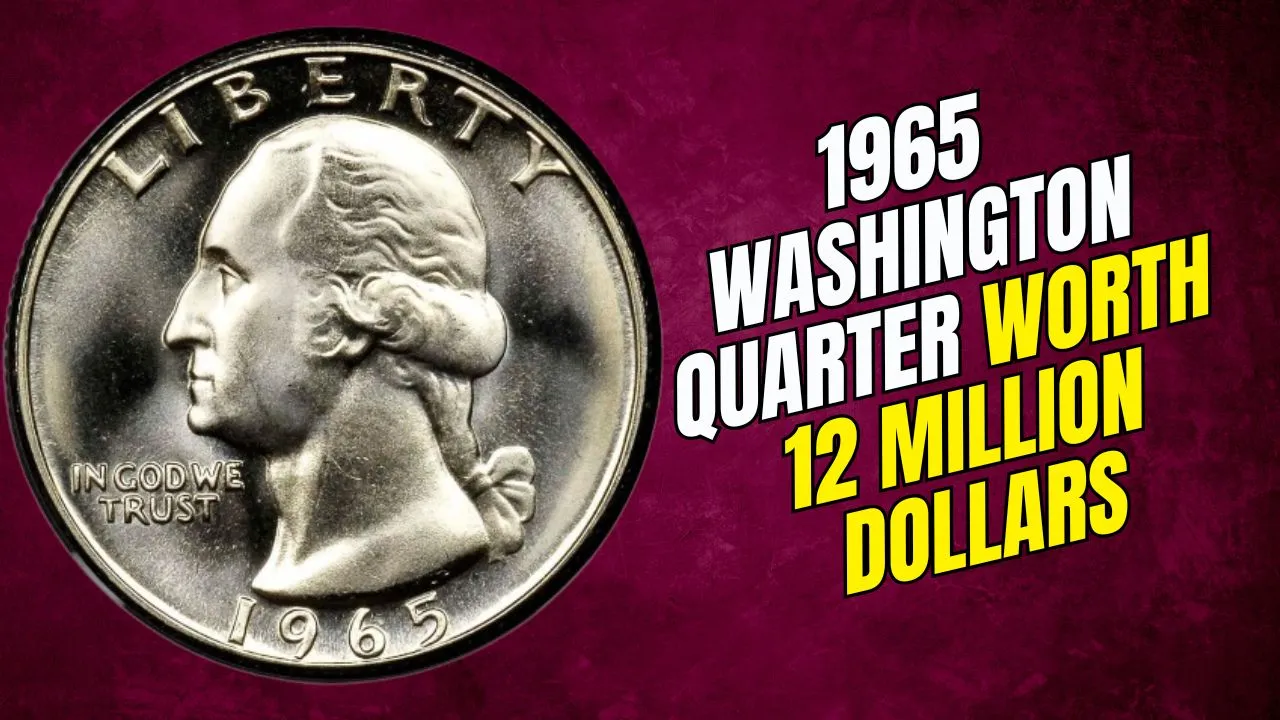The rising cost of groceries, energy prices, and essential expenses have left many UK households struggling well into 2025. To provide targeted relief, the government has announced a £165 Cost of Living Payment to eligible benefit recipients, set to land in bank accounts this June. While modest compared to earlier support packages, this payment aims to ease pressure where it’s most needed.
The £165 Cost of Living Payment targets those on means-tested benefits during a specific eligibility window. It’s intended to support approximately 8 million households and arrives at a time when inflation and shrinking incomes continue to put families under stress. If you receive certain DWP or HMRC benefits, here’s how and when you can expect to claim this support.
£165 Cost of Living Payment
This one-off £165 Cost of Living Payment will be automatically paid to people who receive specified benefits during the qualifying period from January 26 to February 25, 2025. The payment is:
- £165 per person
- Tax-free
- Fully automatic—no application required
This scheme adjusts to tougher rules reflecting tighter government budgets, while still offering assistance to those in genuine need.
Overview Table: £165 Cost of Living Payment at a Glance
| Detail | Information |
| Amount | £165 one-time payment |
| Eligibility Dates | Must have received qualifying benefits from Jan 26 – Feb 25, 2025 |
| Who Qualifies | Recipients of UC, Pension Credit, Income-based JSA/ESA, Income Support, or TCs |
| DWP Payments Start | June 8, 2025 |
| HMRC Tax Credits Start | June 16, 2025 |
| Bank Statement Code | “DWP COL” or “HMRC COL” |
| Number of Recipients | Approximately 8 million households |
Who Will Receive the £165 Cost of Living Payment?
You’ll qualify for the £165 Cost of Living Payment if you were receiving one or more of the following during the eligibility window (Jan 26–Feb 25, 2025):
- Universal Credit
- Pension Credit
- Income-based Jobseeker’s Allowance (JSA)
- Income-based Employment and Support Allowance (ESA)
- Income Support
- Working Tax Credit or Child Tax Credit
Unlike previous schemes, you must have been on these benefits throughout the qualifying period—a stricter rule that reduces the number of eligible households compared to earlier cost-of-living payments.
When and How Will You Receive the Payment?
For those receiving DWP benefits, the £165 payment will start arriving from June 8, 2025. If you’re only in receipt of HMRC tax credits, you’ll get yours starting June 16, 2025.
The funds will show up in your account as:
- “DWP COL” (DWP recipients)
- “HMRC COL” (tax credit recipients)
Be cautious of scams. The DWP has warned that it won’t ask for your bank or personal details via phone calls or messages. If your payment doesn’t arrive as expected, contact the relevant agency after the scheduled payment window closes.
Why Is This £165 Cost of Living Payment Needed?
Although inflation has reduced from its 2023 peak, it remains a burden for many:
- Household incomes have fallen about 2.9% since last year
- Food inflation still runs around 4.7%
- Energy bills remain substantially higher than pre-pandemic levels
Financial advisors and economists acknowledge that while £165 won’t solve deep-rooted financial issues, it does help cover vital costs. Analysts say the payment is intended as a temporary buffer—not a long-term solution—to support struggling households through 2025.
What Makes This £165 Payment Different?
Compared to earlier payments of £1,350 during the peak of the energy crisis, this payment represents a significant scale-down. Two key differences set it apart:
- Smaller amount – Reflects improved fiscal conditions, but reduced household support
- Stricter test period – Must have been on benefits for an entire month-long window, not just a snapshot date
According to the Office for Budget Responsibility, this cautious approach helps manage public finances but means fewer recipients qualify.
Is the £165 Cost of Living Payment Really Helpful?
Opinions are mixed:
- James Bartle, 58, from Cardiff (Pension Credit recipient):
“£165 is helpful, but my energy bill alone is £90 a month.” - Karen Wilson, single mother on Universal Credit:
“It helps buy the kids’ school supplies so we’re not cutting back on food.” - Michael Ashford of Money Advice Trust:
“It’s a step in the right direction, but long-term solutions are still needed.”
While it’s appreciated, many see it as a small relief in a much larger financial challenge. Charities expect demand for support—like food banks—to remain high throughout the rest of the year.
What’s Next for Low-Income Families?
Currently, there’s no plan for future cost-of-living payments beyond the £165 installment. A Treasury spokesperson suggested further support would depend on:
- Economic recovery
- Inflation trends
- Government budget priorities
Research from the Institute for Fiscal Studies predicts low-income households might only fully recover by mid-2026. Debt and hardship support sectors continue to prepare for ongoing demand.
Final Thoughts
The £165 Cost of Living Payment offers a modest helping hand for families navigating life in a costlier economy. For those who qualify, it’s important to check your bank accounts in June and stay alert for the payment reference. If it doesn’t arrive, contact DWP or HMRC promptly. While this payment alone won’t erase financial hardship, it can provide timely relief where it matters most.
If you found this guide helpful, share it with anyone who needs the information. Stay updated on financial support through official DWP and HMRC channels—and always guard against scams.
